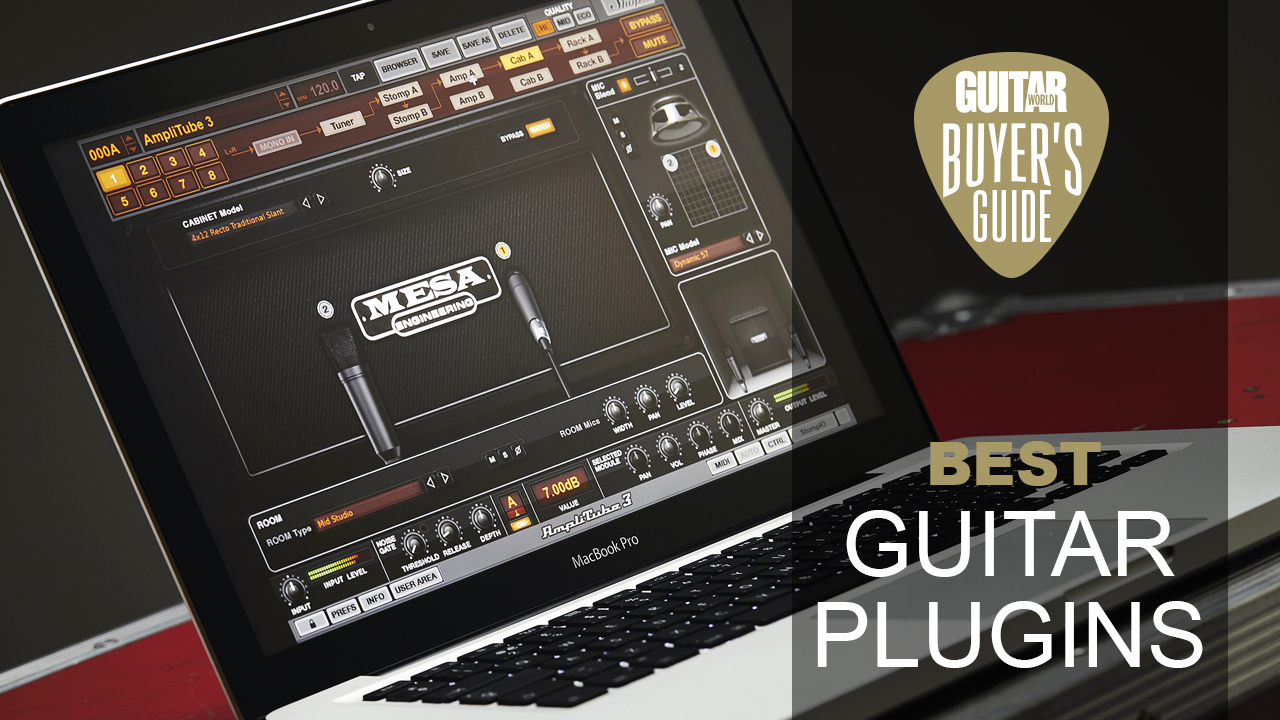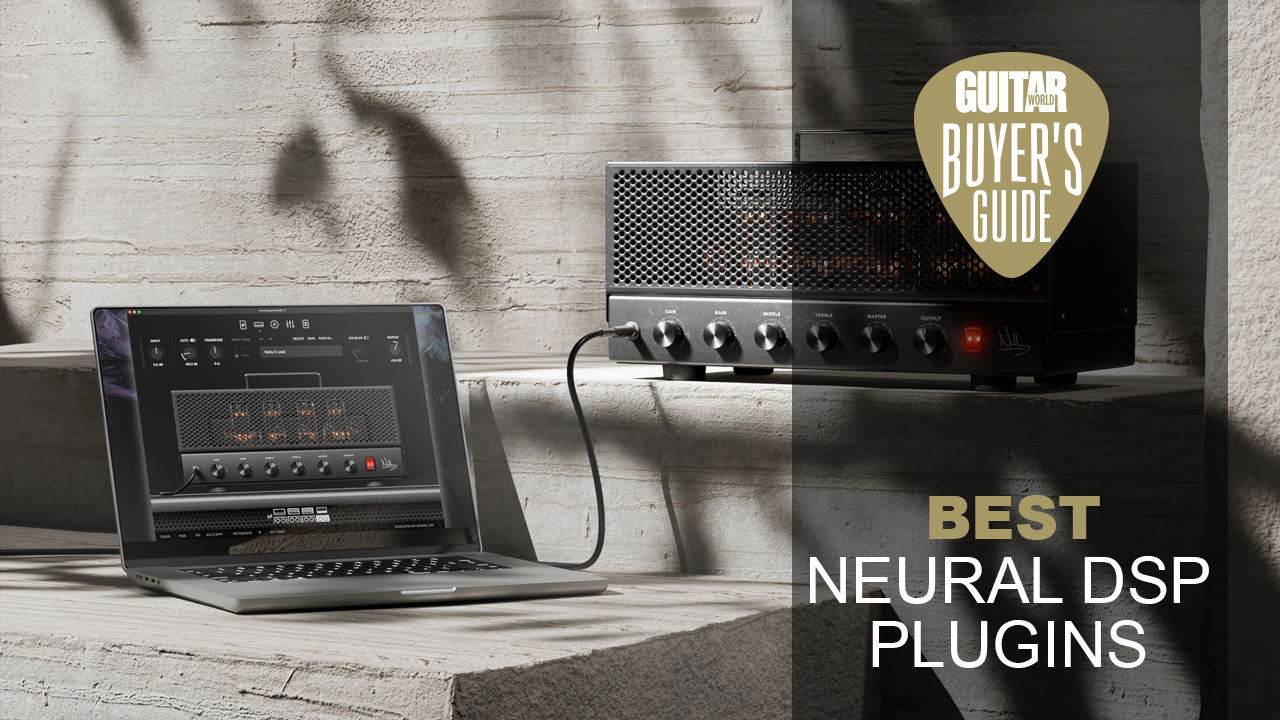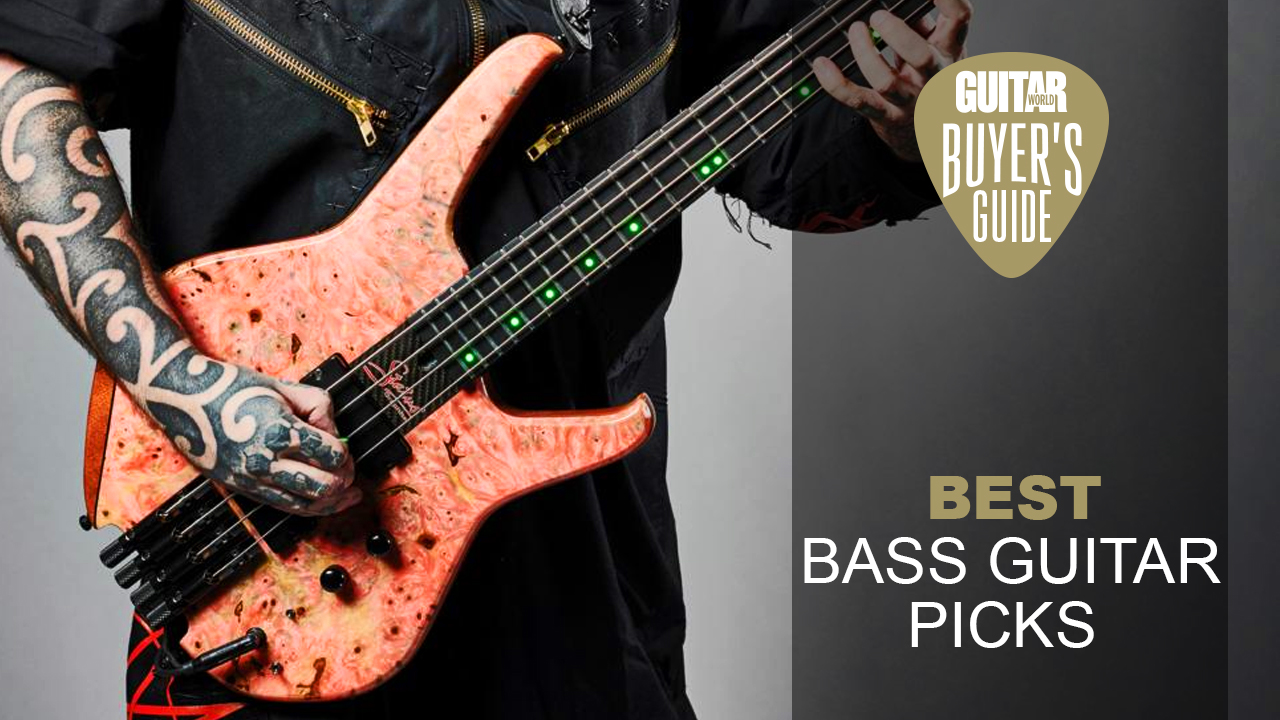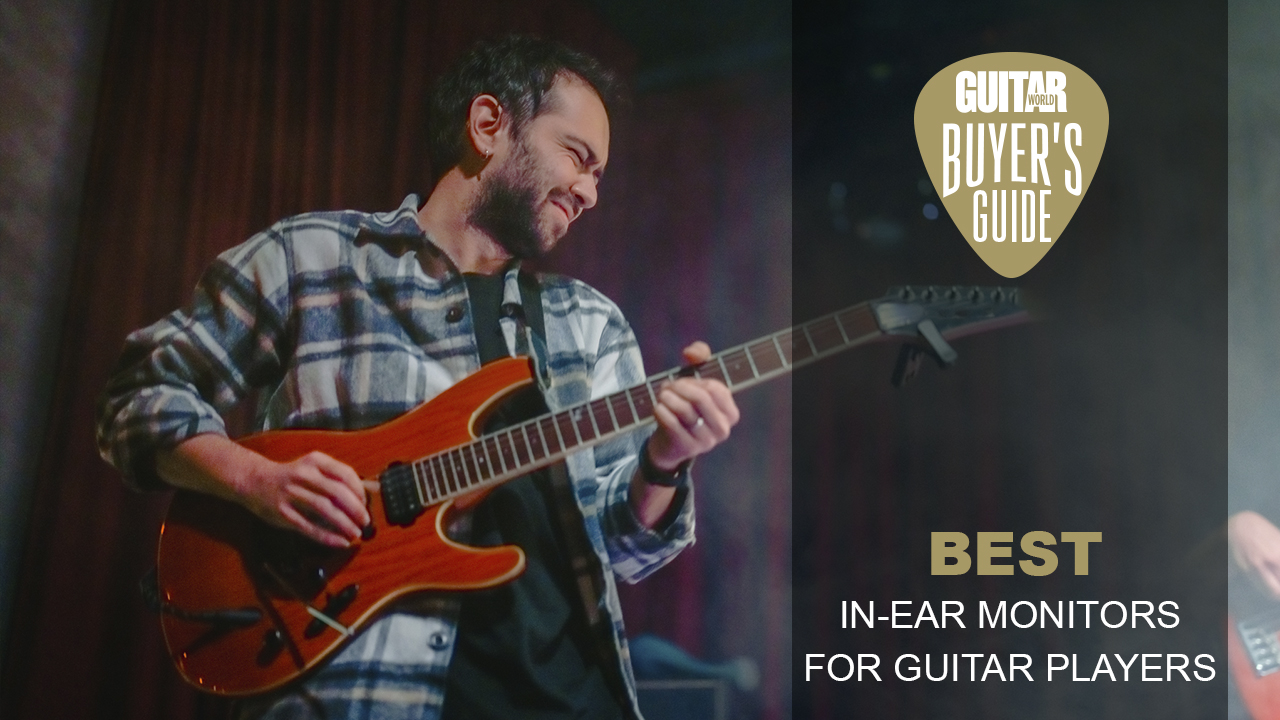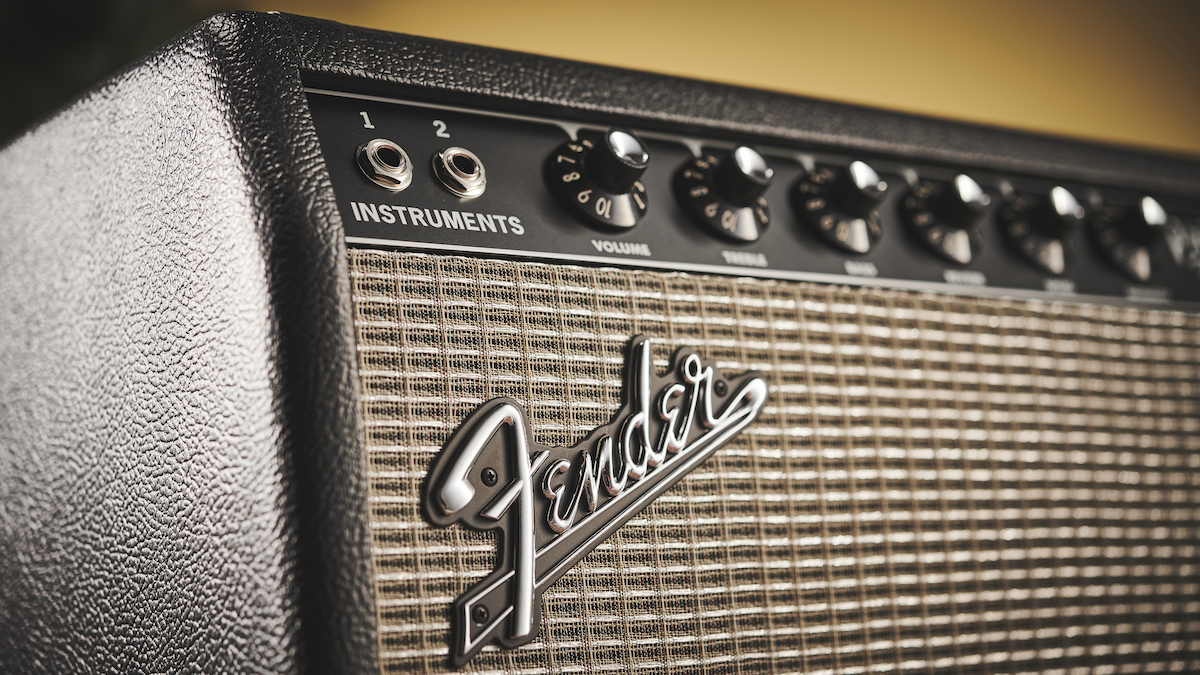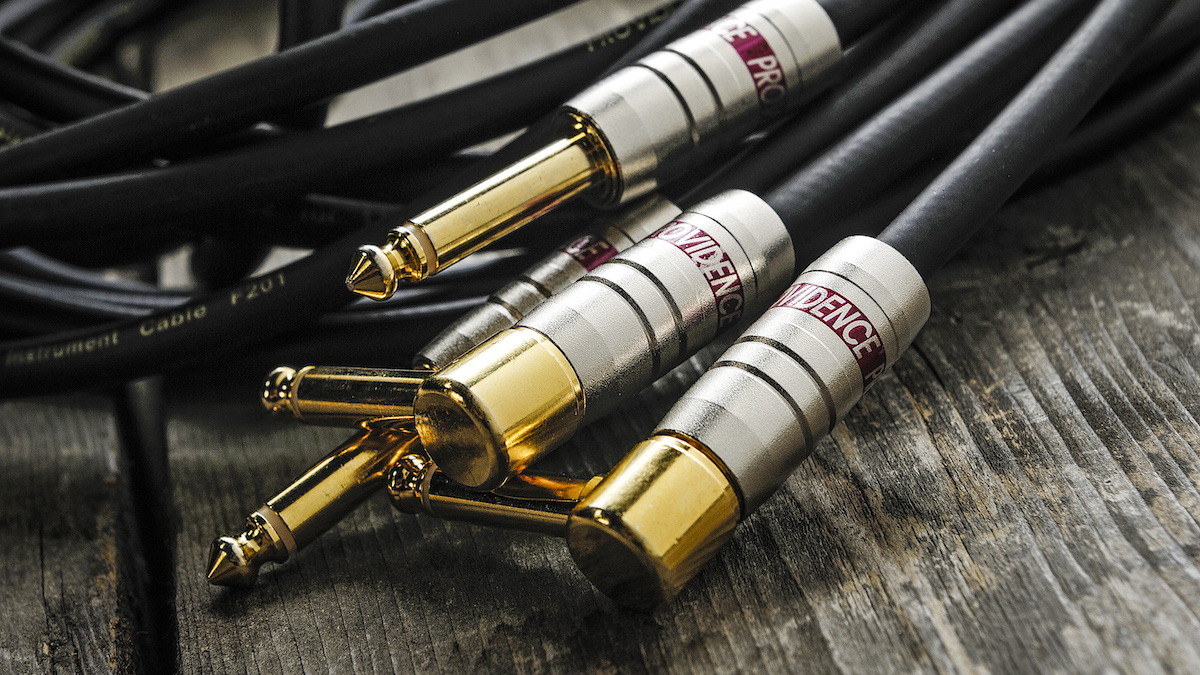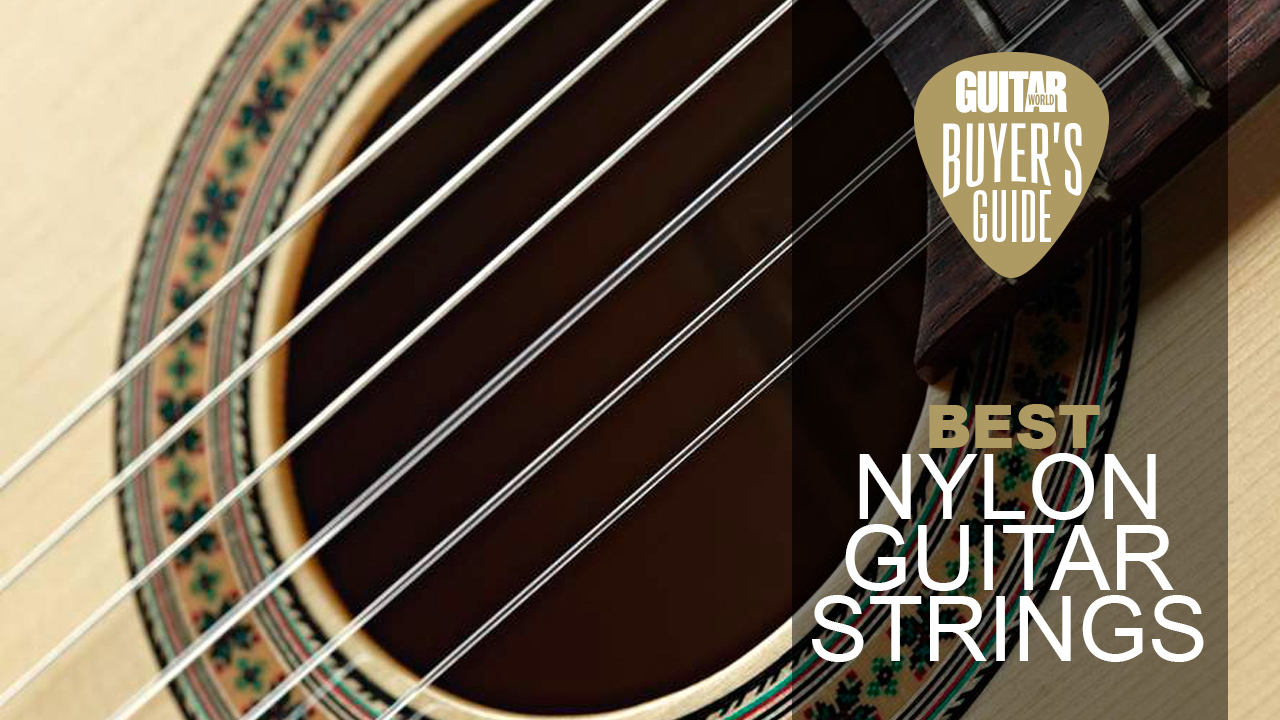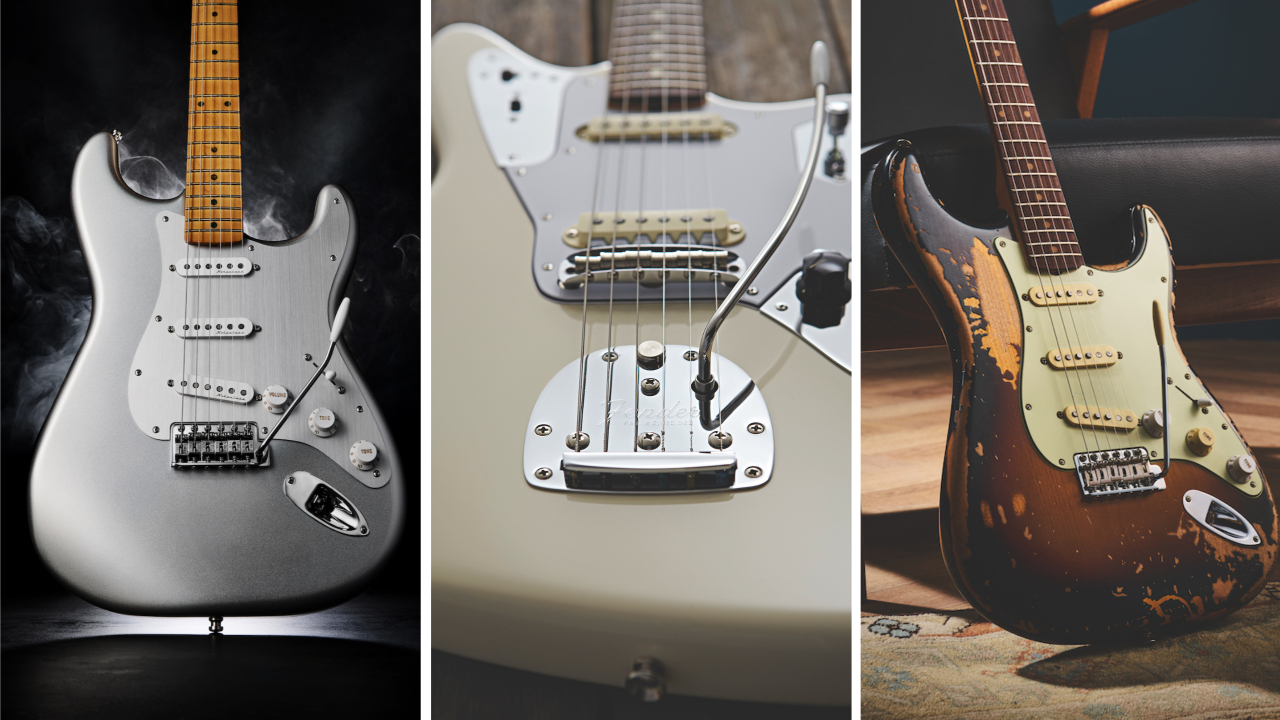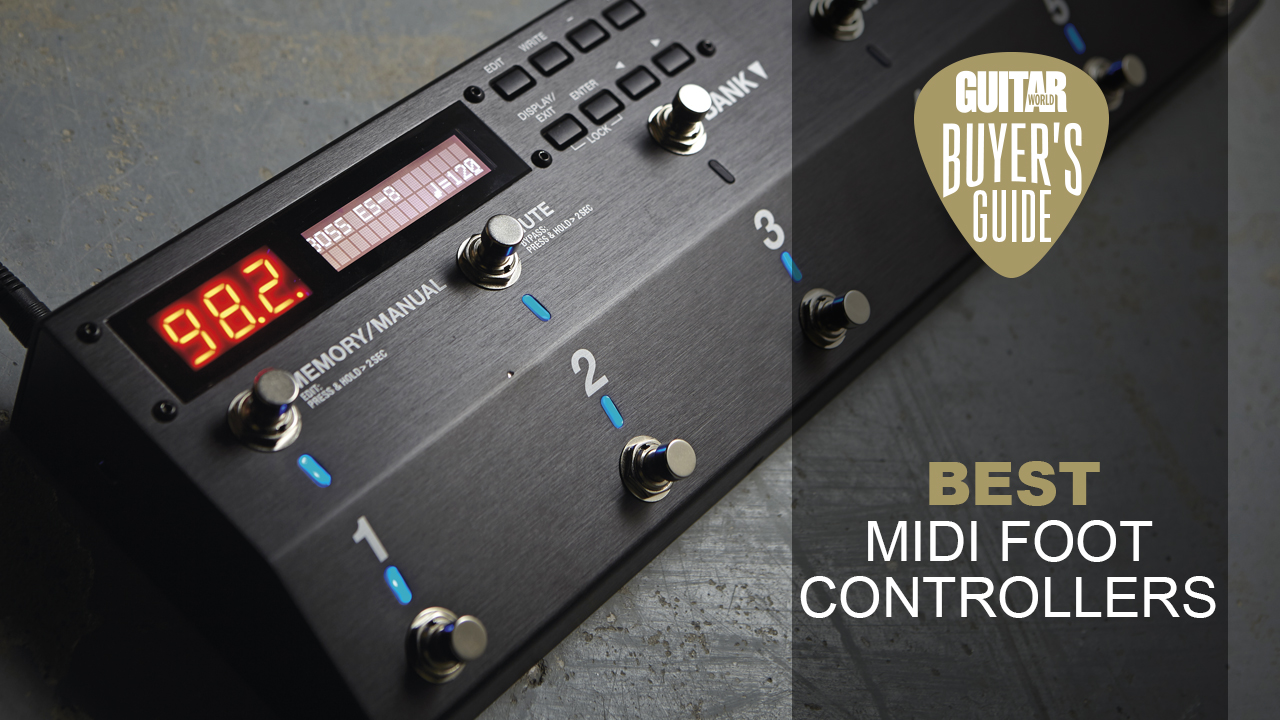Best beginner bass guitars 2025: starter basses for beginners
The best beginner basses for young players, newcomers, and the budget-conscious, picked by our experts – featuring Yamaha, Squier, Ibanez and more
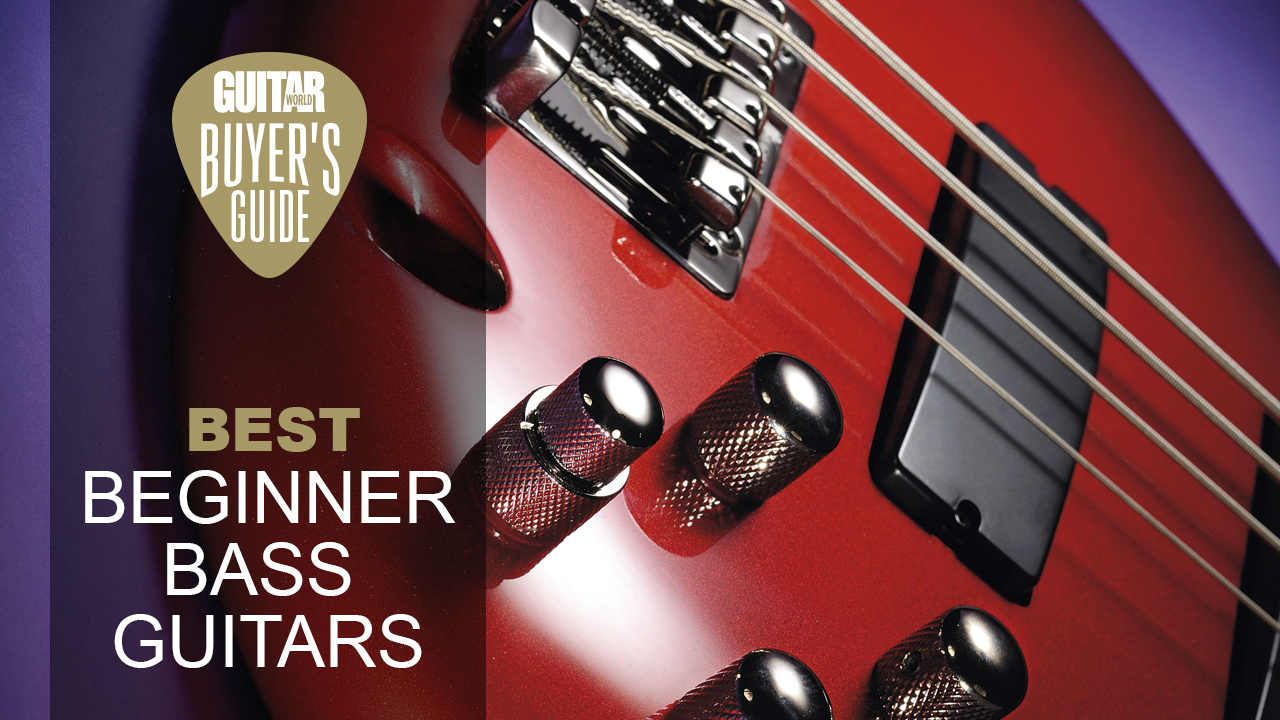
So, you’re looking to learn the bass guitar. Firstly, congrats - and welcome to the club! Learning an instrument is incredibly rewarding, and can take you on so many adventures in life. To get started with this, you’re going to need one of the best beginner bass guitars.
While the internet and social media love to tell you about expensive vintage instruments, the best starter basses can provide you with loads of great tone, without the need to spend thousands. You can pick up something very worthwhile for a couple of hundred bucks.
There are lots of different options out there - different brands, models, numbers of strings, pickups - everything! We know it can be daunting which is why we’ve put together this list of the best beginner bass guitars that are currently on the market. There’s also some FAQs below that can help you narrow it down and really hone in on what you’re looking for
Our top picks
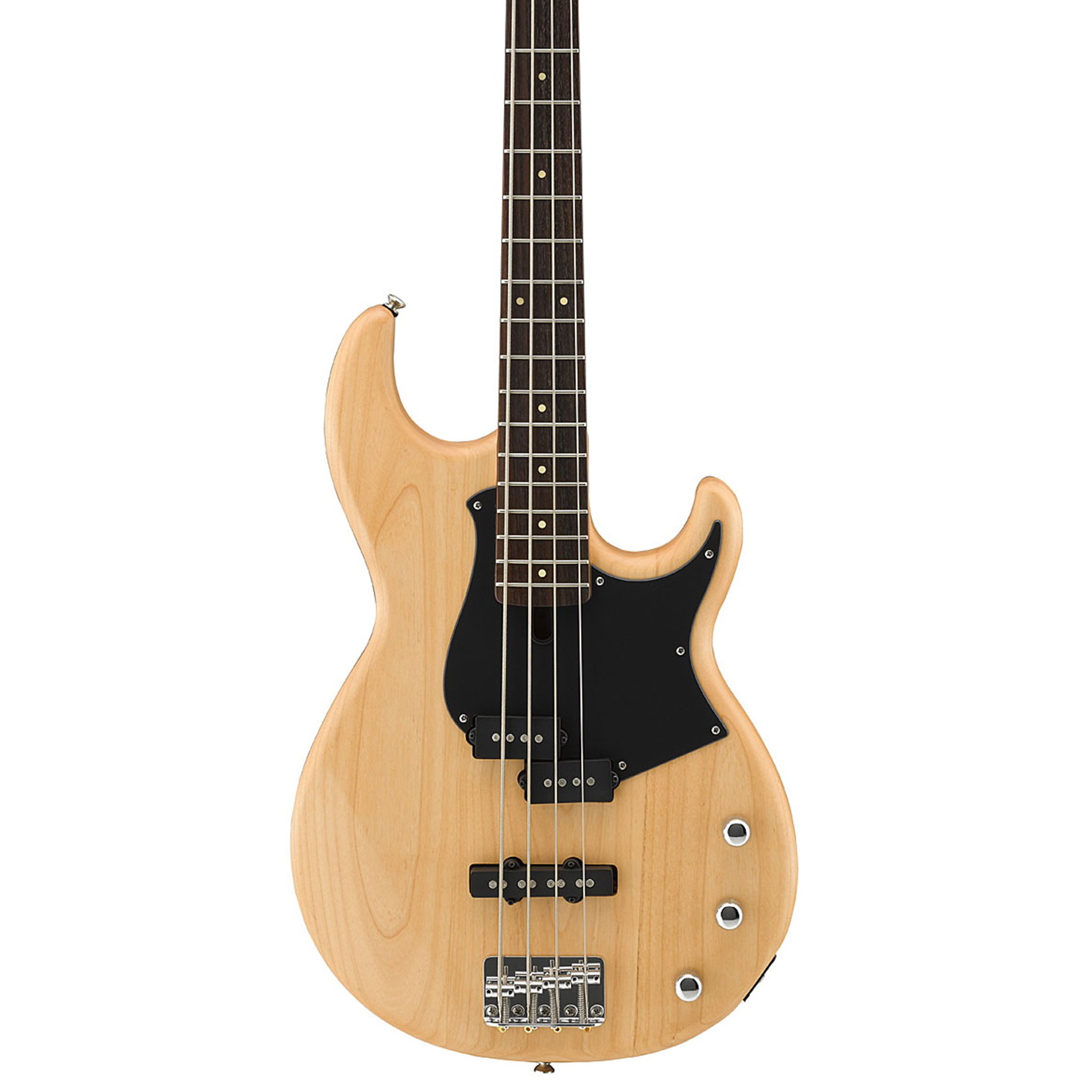
A most inviting bass with a vintage-modern body shape and design, the BB234 has an exceptional build, with a warm and rich low-end that’s got a surprising amount of tones given the fuss-free control setup. This will cover most styles; ideal for when you’re still trying to work out what sort of player you are.
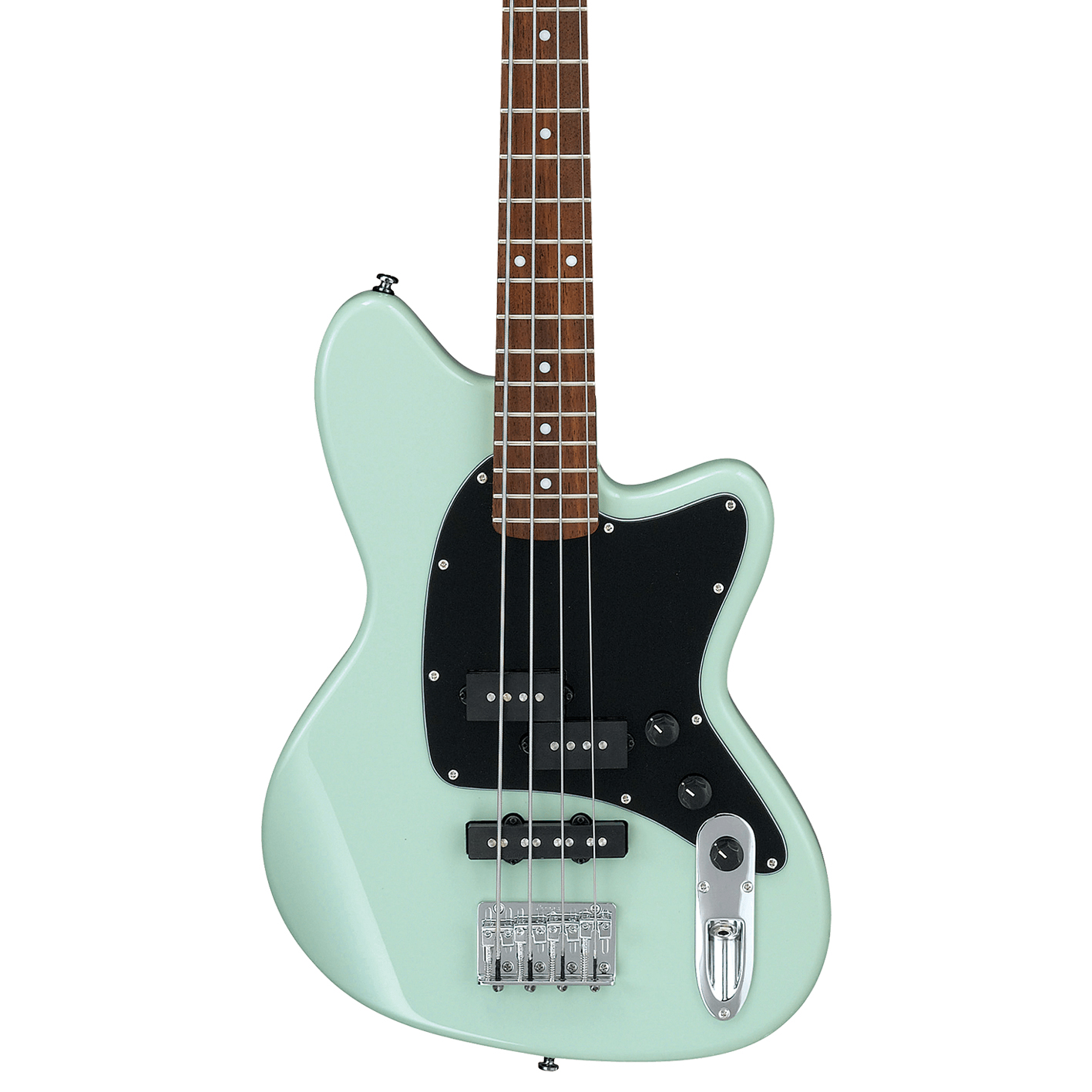
The Ibanez DXP and DXJ pickups are versatile and dynamic, giving you that ‘best of both worlds’ configuration. The comfortable and smooth short-scale 30” neck, while slightly wider than some beginner bass guitars, is a dream to play. Additionally, if you’re looking for a comfortable bass, the Talman’s offset body is ergonomic and lightweight.
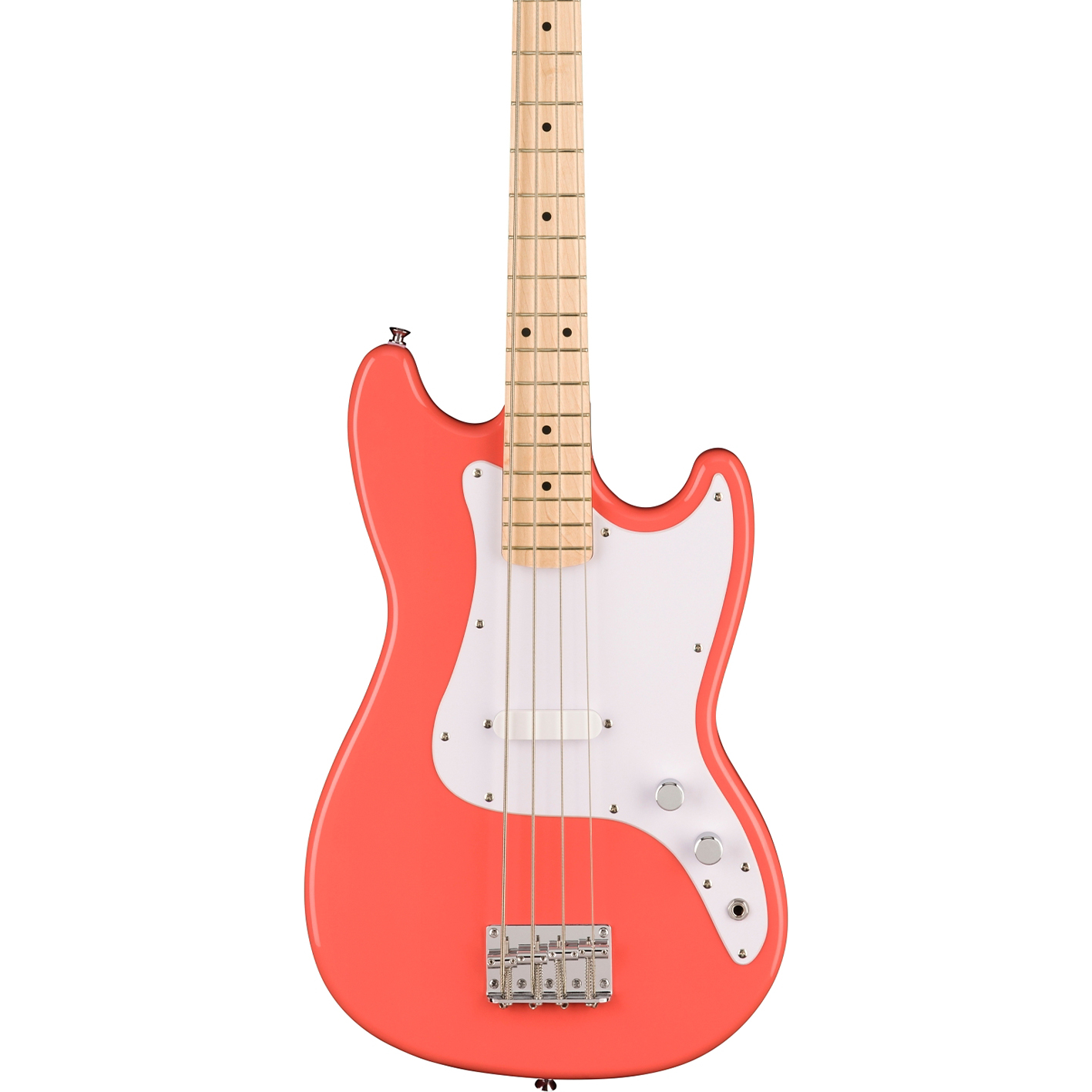
There’s just a single ceramic pickup to keep things simple, but it’s placed right at the center of the body to give it a great sound. Similar in tone to the early Fender Precision Bass guitars, it delivers a nice vintage-tinged growl that’s sweet in the high end with plenty of oomph in the lows.
Best overall
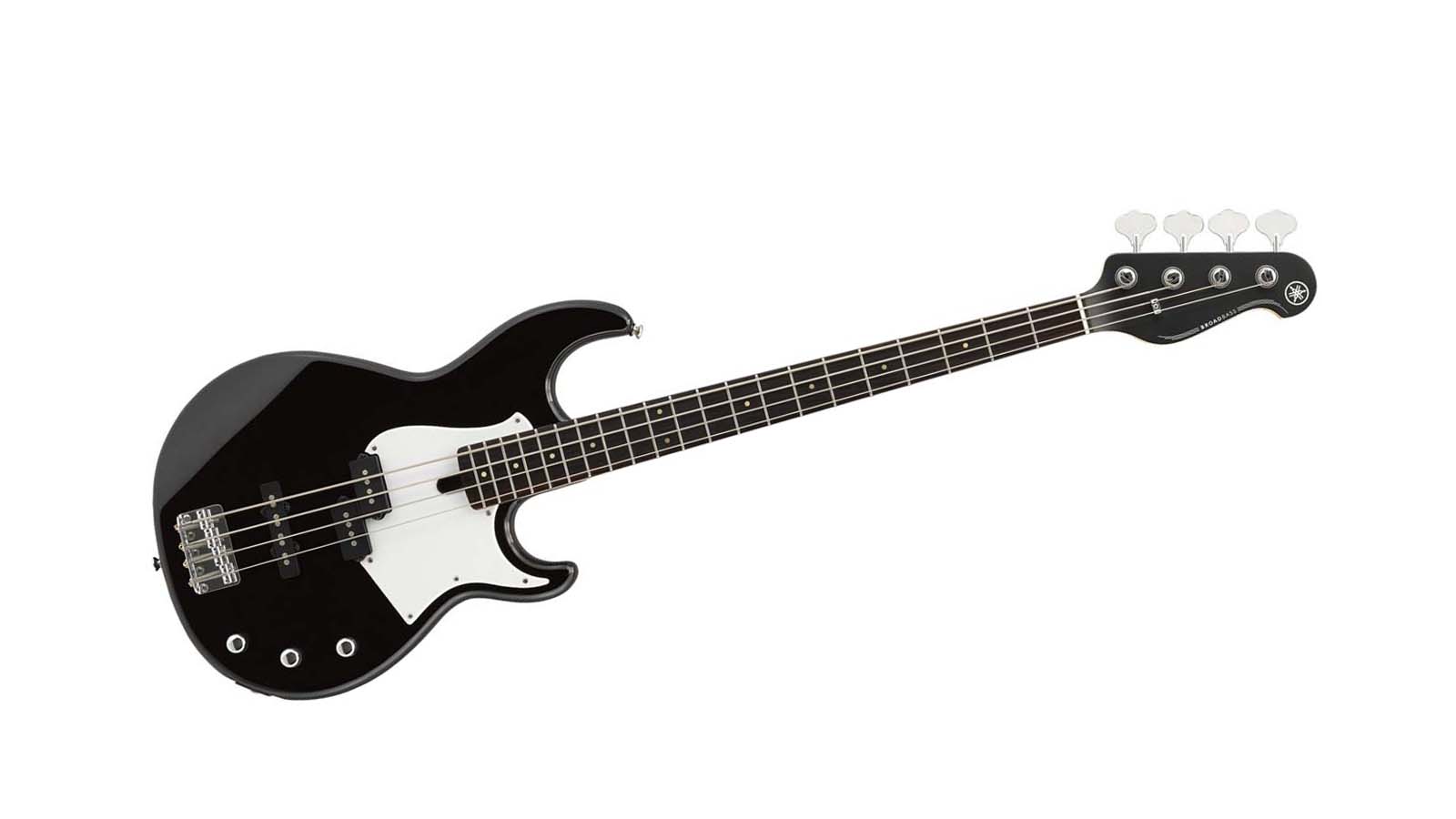
1. Yamaha BB234
Our expert review:
Specifications
Reasons to buy
Reasons to avoid
The BB234 does for basses what the Pacifica 112 does for the beginner electric guitar: it is living proof that Yamaha knows exactly how to make a formidable instrument of real substance for younger players and those on a budget.
A most inviting bass with a vintage-modern body shape and design, the BB234 has an exceptional build, with a warm and rich low-end that’s got a surprising amount of tones given the fuss-free control setup. This will cover most styles; ideal for when you’re still trying to work out what sort of player you are.
There’s no blend control or pickup selector, but playing around with the individual pickup volumes allows you to set the mix how you like it, with the tone knob on hand for fine-tuning.
Best budget
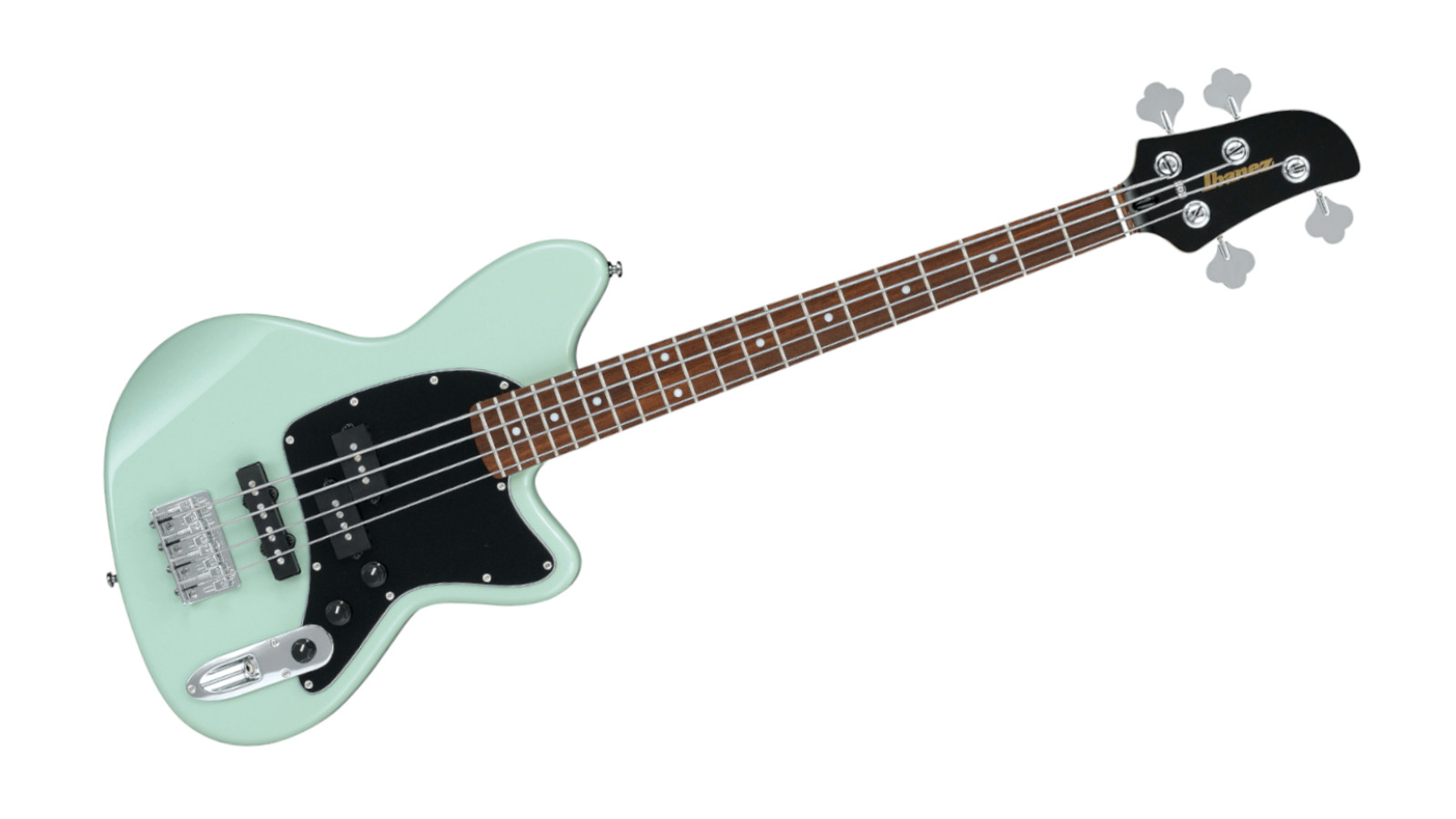
2. Ibanez Talman TMB30
Our expert review:
Specifications
Reasons to buy
Reasons to avoid
You may be more acquainted with Ibanez producing mean-looking, fast-playing, shred-tastic electric guitars, but let us tell you, the Japanese giants have knocked it out of the park with the offset Talman TMB30 bass.
Hitting the market in ’94, the Talman body shape was Ibanez’s nod to vintage guitar design. Taking inspiration from brands like Danelectro and Fender, the Talman was versatile, well-made, had a fast neck and was a little less pointy in design. All features of which are proudly represented on the TMB30 bass.
The Ibanez DXP and DXJ pickups are versatile and dynamic, giving you that ‘best of both worlds’ configuration. The comfortable and smooth short-scale 30” neck, while slightly wider than some beginner bass guitars, is a dream to play. Additionally, if you’re looking for a comfortable bass, the Talman’s offset body is ergonomic and lightweight meaning younger players and gigging musicians alike can find use of it. All of this for under $250? It’s no wonder the TMB30 has ended up on our list of best beginner bass guitars!
Best for kids
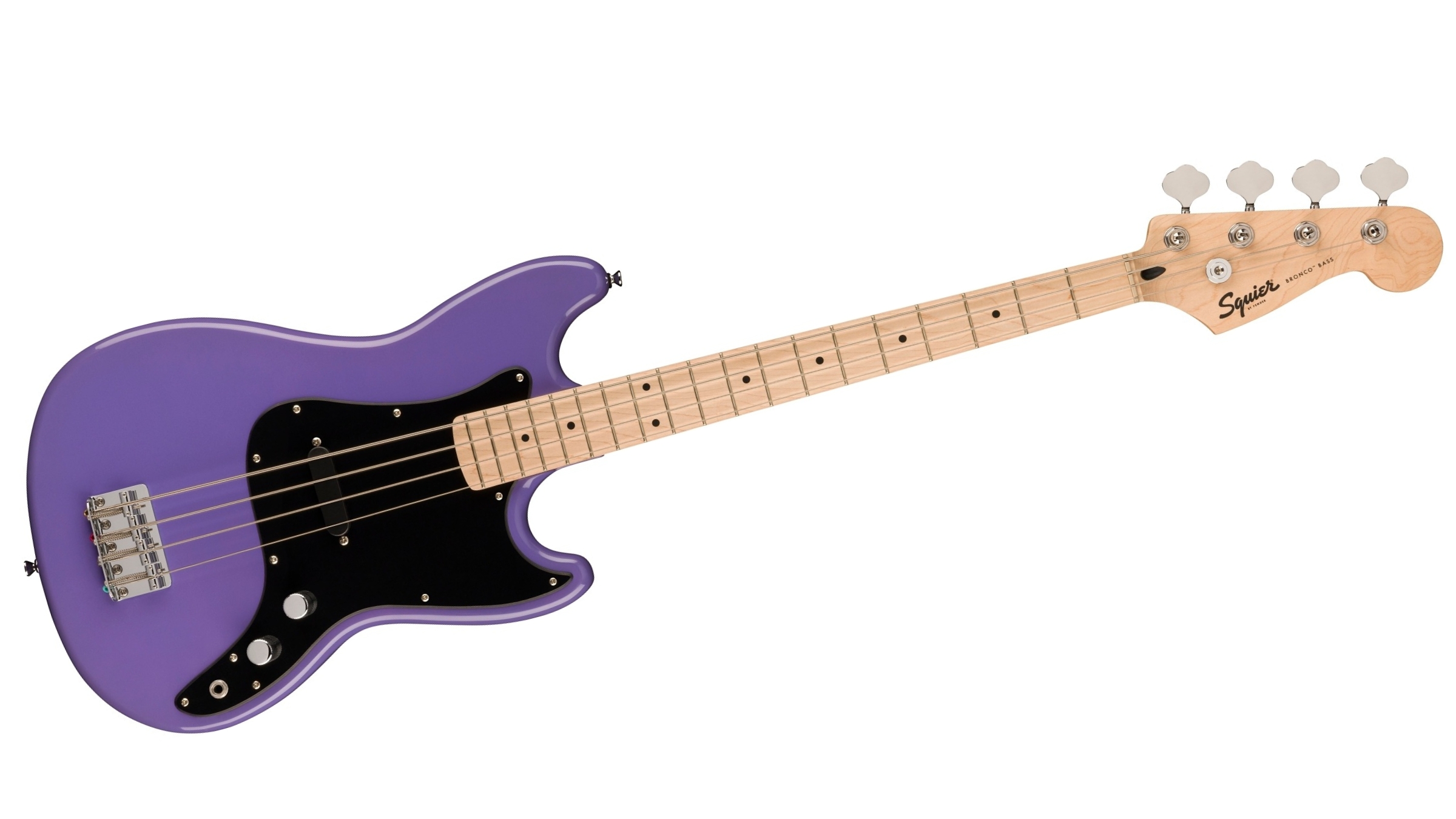
3. Squier Sonic Bronco Bass
Our expert review:
Specifications
Reasons to buy
Reasons to avoid
Part of a brand new range of beginner-friendly guitars from Fender, the Squier Sonic Bronco Bass is a short-scale guitar that will fit nicely into the hands of younger players. Featuring the trademark build quality as well as a range of cool colors, it’s the perfect entryway into the world of bass guitar.
There’s just a single ceramic pickup to keep things simple, but it’s placed right at the center of the body to give it a great sound. Similar in tone to the early Fender Precision Bass guitars, it delivers a nice vintage-tinged growl that’s sweet in the high end with plenty of oomph in the lows.
It’s nice and lightweight unlike some of the other bass guitars here, so won’t strain necks and backs too much when playing standing up. Considering the price point you’re getting a lot of bang for your buck with the Bronco Bass, and the fact it’s available in some less usual color schemes will make it seriously appealing for new players.
Best for metal
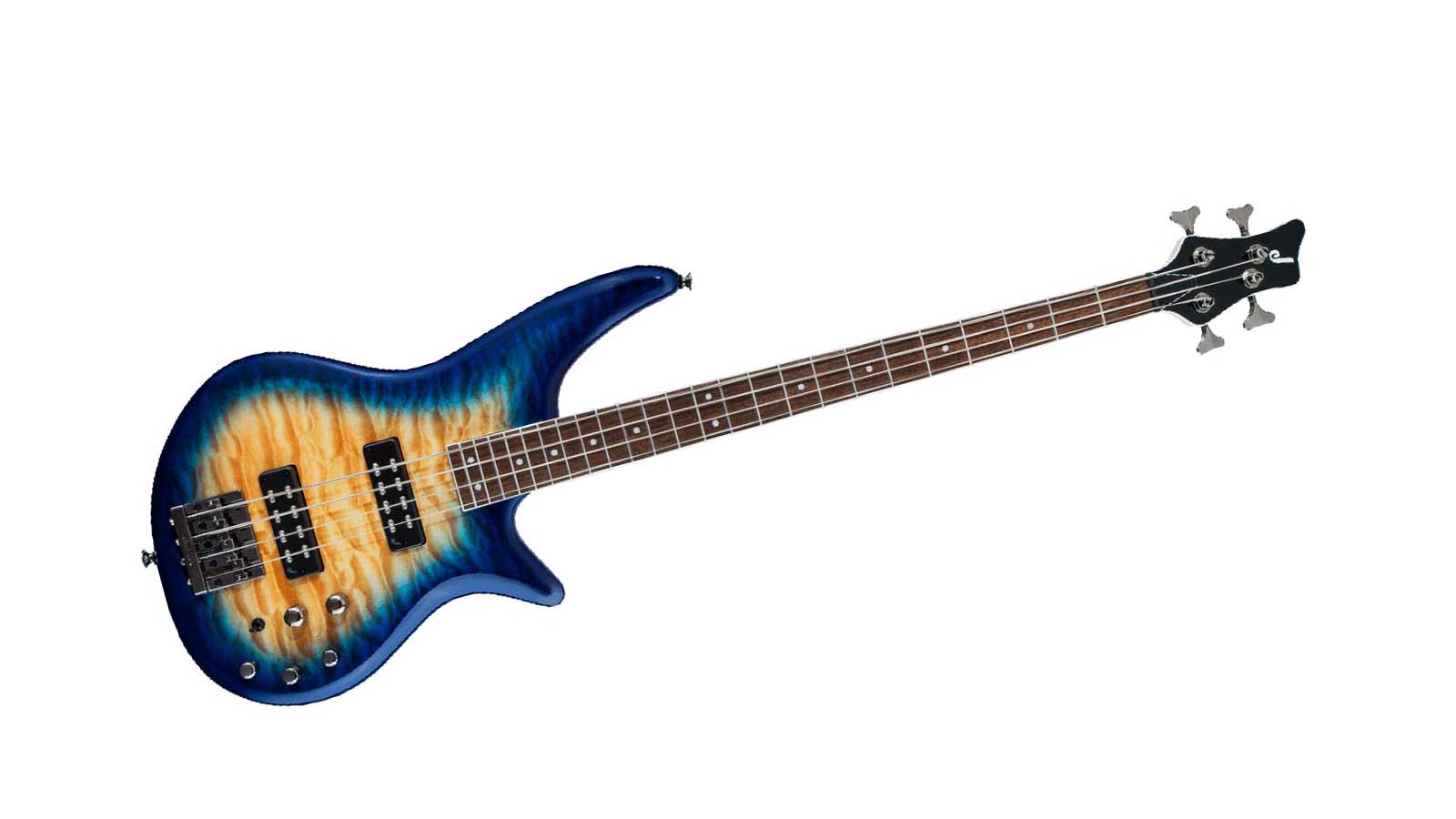
4. Jackson Spectra Bass JS3Q
Our expert review:
Specifications
Reasons to buy
Reasons to avoid
The Spectra Bass series shows the other side to Jackson, decommissioning the sharp edges with a sumptuously contoured, offset double-cutaway body and elongated upper horn.
Now, you might say this is not the most original design – it calls to mind basses such as Ibanez’s SR300E – but the contouring is quite different and it makes for a perfectly balanced and eminently playable bass. There’s a full two-octave fretboard and a neck that makes easy lifting of busy basslines.
You will find a wide range of tones here, with thick and warm low-end and that elastic bounce in the upper mids and baritone twang with the treble dialed in. The string-through-body HiMass bridge makes for a super-stable bass, and we love that there is push/pull for active or passive performance, meaning a drained battery come showtime is not the disaster it could be.
Best for jazz
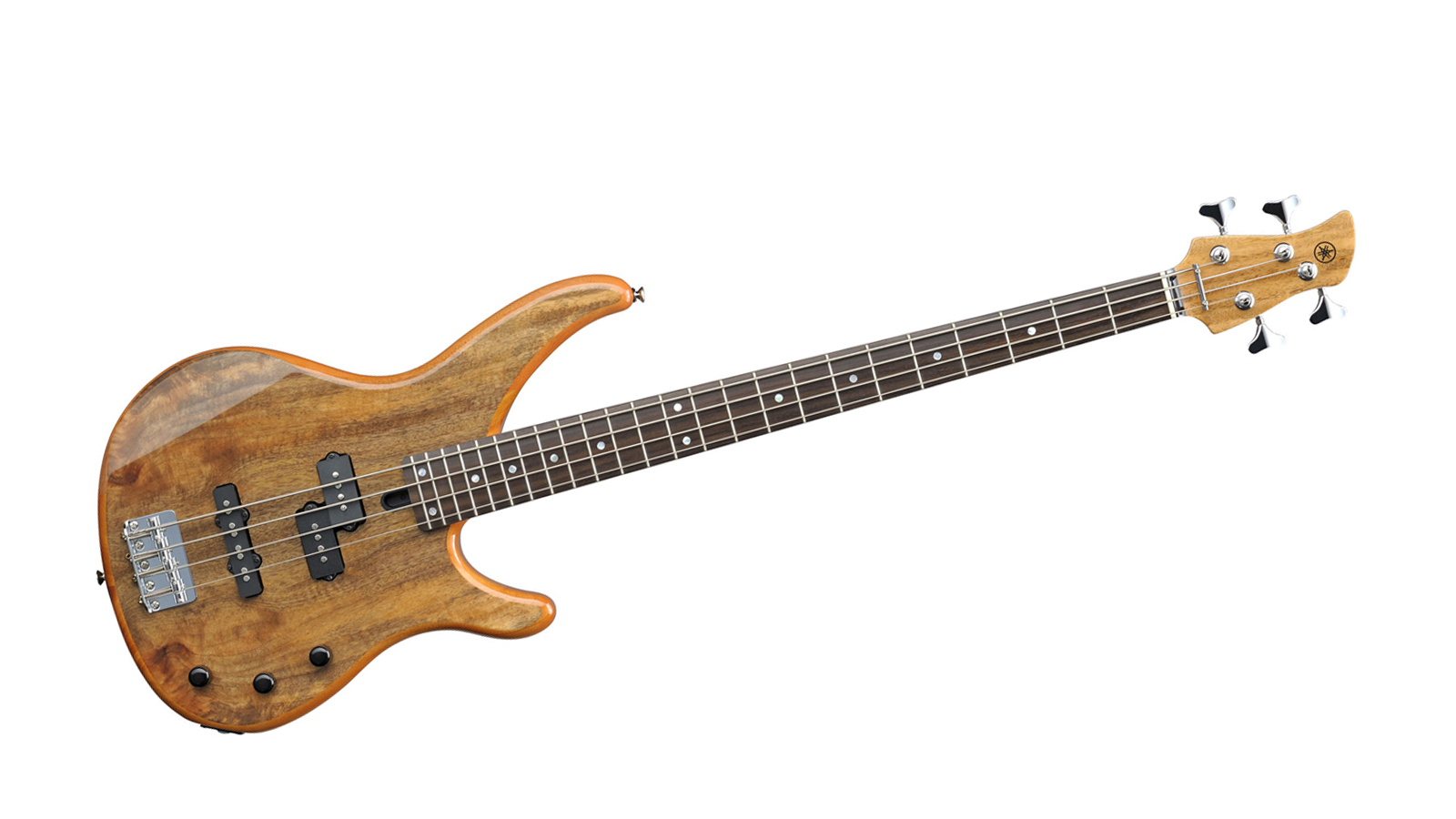
5. Yamaha TRBX174EW
Our expert review:
Specifications
Reasons to buy
Reasons to avoid
Yamaha’s TRBX series has a similar body shape to the Jackson Spectra and Ibanez Soundgear basses, but here there’s a clever twist on the recipe by using an exotic wooden veneer on top of a solid mahogany body.
Exotic wood? Yes, why not, bass guitar design has always been one for using the so-called exotic tonewoods in pursuit of fresh adventures in low-end tone. Here, it is difficult to say how much the veneer contributes to the tone, but it gives this entry-level bass a pseudo-boutique vibe that’s surely a permission slip for working on your jazz-fusion chops.
And that’s what the TRB series is ideal for; honing your craft, making full use of the two-octave fingerboard, and zipping up and down that svelte neck. Roll back the tone to dig into that rich mahogany warmth for some truly viscous low end or jack it up for punchy, articulate tones.
Best for adults
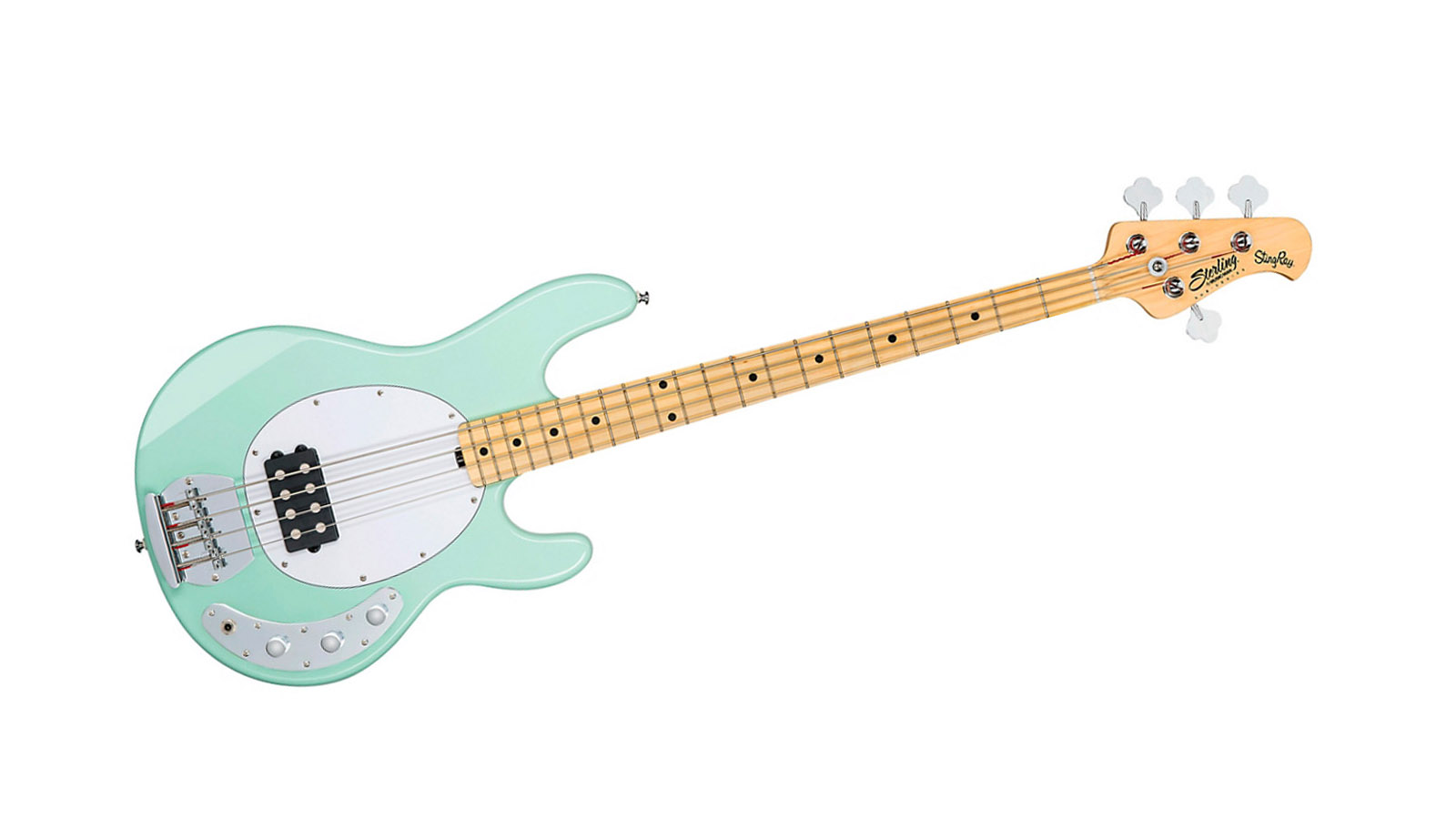
Specifications
Reasons to buy
Reasons to avoid
The SUB, or ‘Sports Utility Bass’, Ray4 is the sort of instrument that makes you do a double take when you see the price tag. It looks like a StingRay, it feels like a Music Man StingRay, and yet it comes in at the 300-buck mark.
You can still tease all kinds of inspiring tones out of this, from the electric bounce of funk to more bruising low-end thunder for rock’n’roll, or simply roll back on that treble for woody jazz. The StingRay neck profile offers a taste of its top-dollar sibling’s feel, and, likewise, the fully adjustable bridge gives you a similar amount of control over string height and intonation. Altogether it feels like a pretty grown-up bass.
Perhaps most notably in the electrics, there has been some downsizing. Where the flagship Music Man StingRay 4 models have an active 18V pickup and preamp with 3-band EQ, the Ray4 has got the 9V active pickup and preamp combo with simplified 2-band hi and low cut/boost controls. But really, that's a minuscule price to pay if it means this bass comes to you for a tenth of the price of a full-fat USA model. There's no denying that the Ray4 is one of the best budget bass guitars on the market today.
Read the full Sterling by Music Man SUB StingRay Ray4 review
Best P-Bass
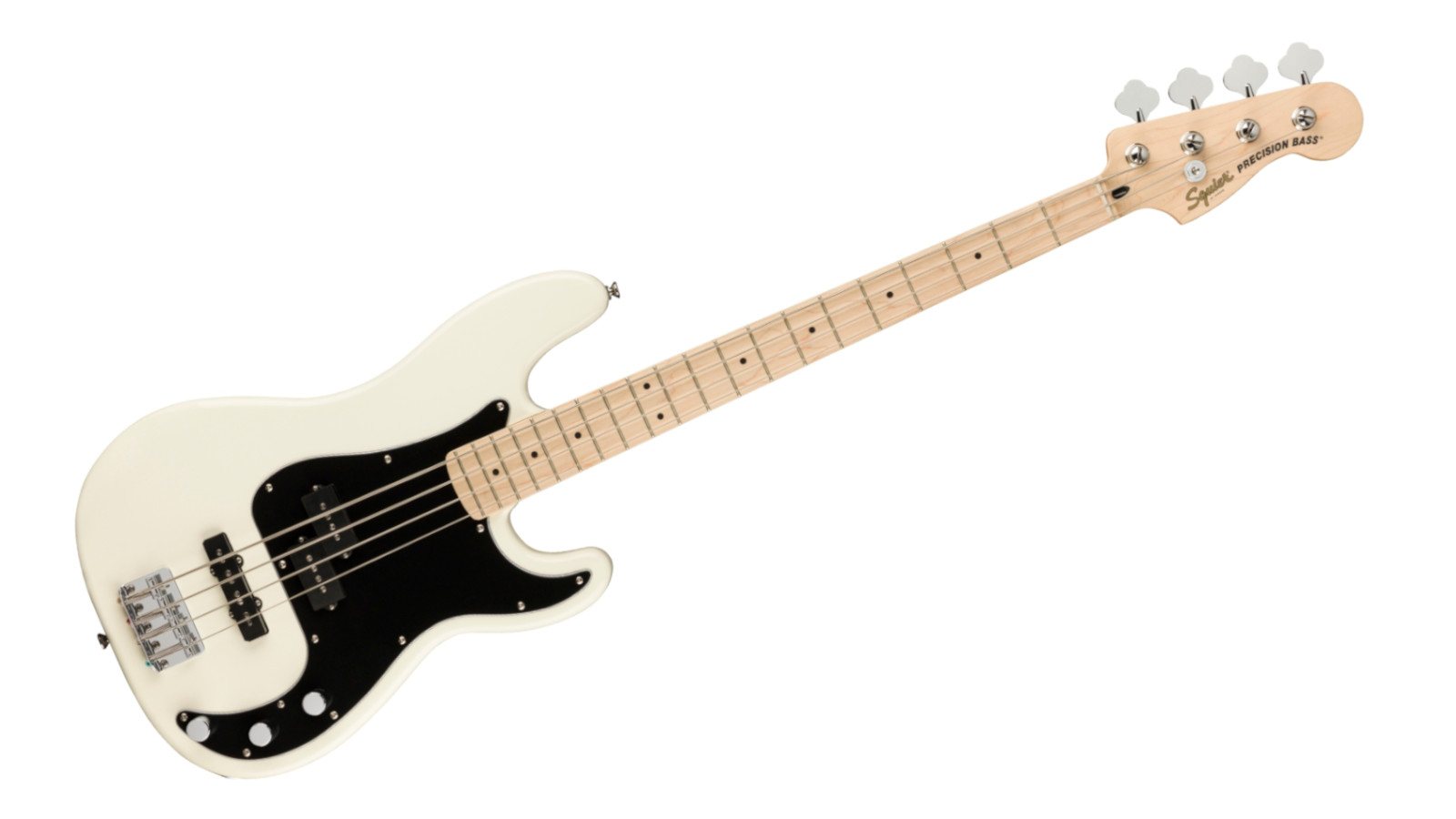
7. Squier Affinity Precision PJ Bass
Our expert review:
Specifications
Reasons to buy
Reasons to avoid
As instruments go, Fender’s Precision bass guitar is perhaps one of the most revolutionary of them all. Being the first electric bass guitar ever created, the P-Bass helped shape modern music as we know it. So, how does Squier’s affordable Affinity P-Bass stand up to that reputation? Pretty darn well we’re happy to report!
The Affinity series is the second tier of instruments in Squier’s range, sitting just above the newly introduced Sonic range. This Precision Bass is a fantastic representation of the Affinity series and a feasible affordable option for beginners looking to earn their stripes on an iconic bass.
From the comfortable ‘C’-shape neck profile to the sturdy hardware, there is plenty of bang for your buck here. The PJ pickup configuration offers a little more versatility than a traditional P-Bass by introducing a bridge Jazz Bass pickup, allowing for more sonic exploration.
With plenty of finishes to choose from, the Affinity P-Bass will cater to most budding bassists out there, no matter what their taste of credo. However, this bass is pretty long, meaning it may not be the best option for younger players out there.
Best for simplicity
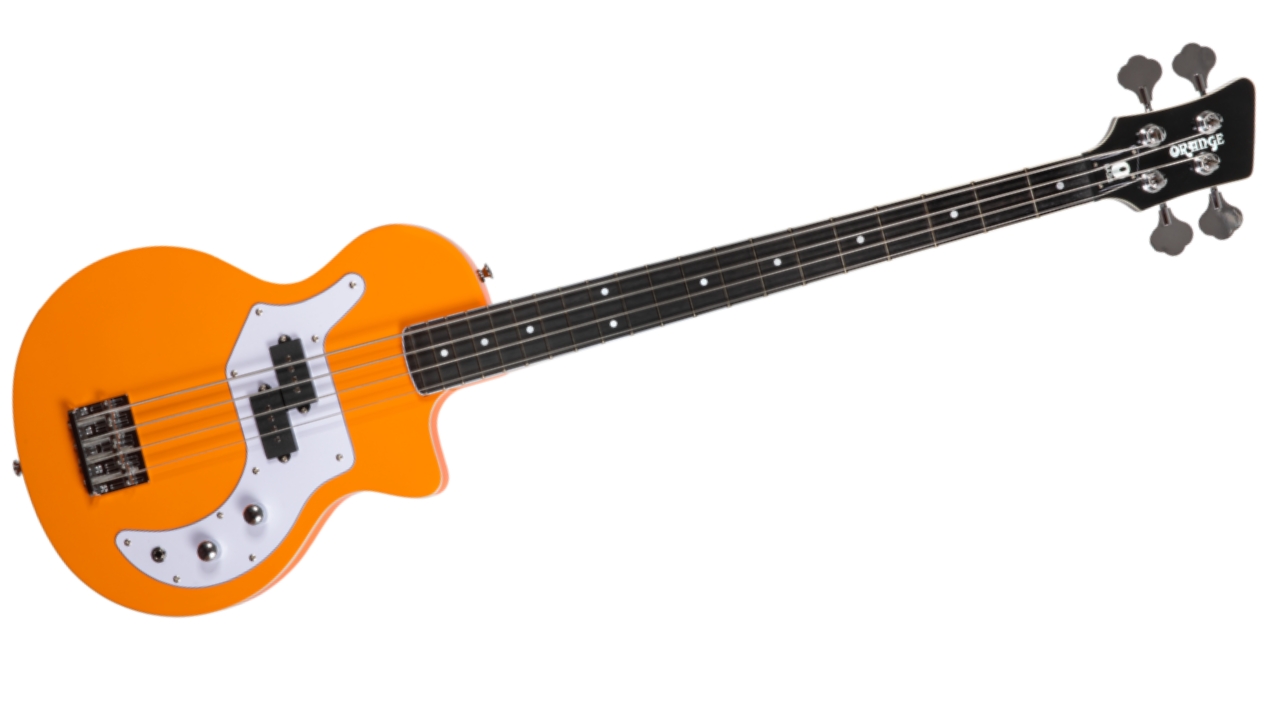
Specifications
Reasons to buy
Reasons to avoid
This retro-looking bass takes inspiration from a few different places. You’ve got the single-cut body shape that you’d normally see more in the six-string world, and the classic P-style split-coil pickup.
You might notice that the position of this pickup is slightly further away from the bridge than most other setups of this ilk and that’s no accident. It helps the Orange O-Bass deliver a beefier, more rounded, thumpy low end. It’s great for old-school soul, blues, and RnB but when driven through an angrier rig, it’s got enough attitude to deal with contemporary rock and even metal.
It’s a bold-looking bass, but it’s perfect for beginners as it’s built to a good standard, it’s easy to use with just one pickup and two controls, and it stays in tune well. If you want to stand out from the crowd, then the Orange O-Bass is definitely one of the best beginner bass guitars.
Read our full Orange O Bass review
Best 5-string
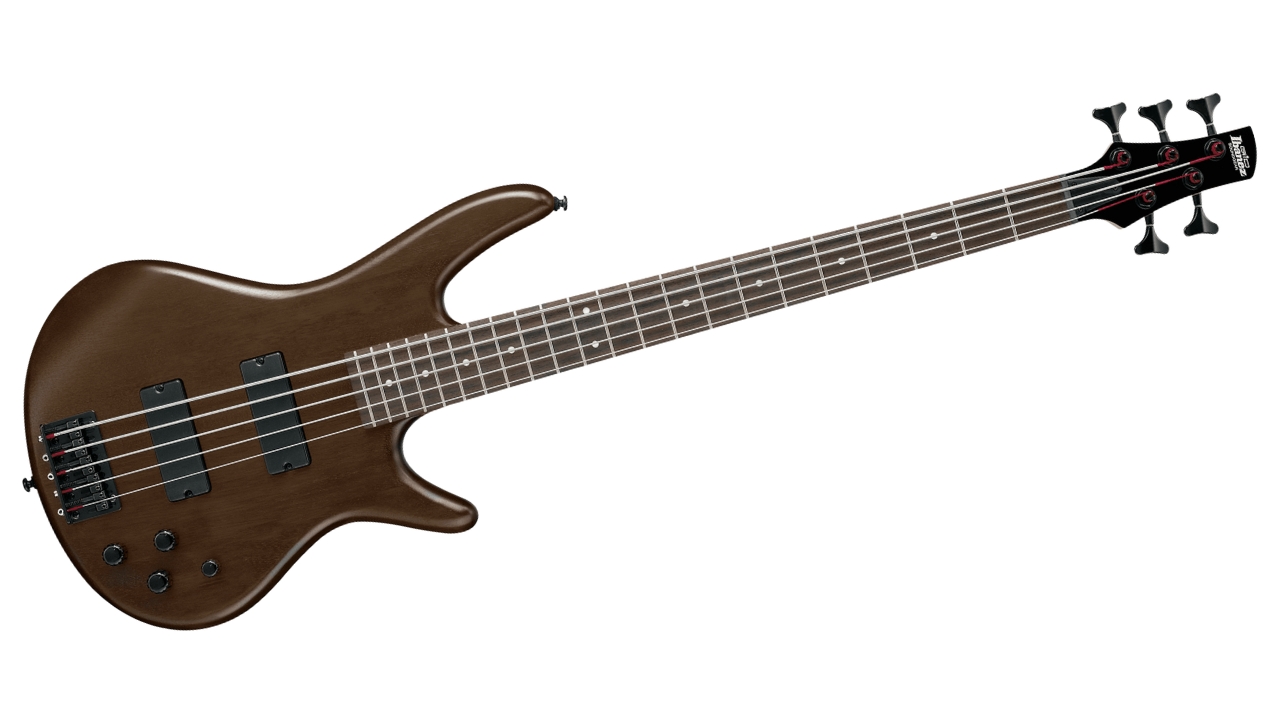
9. Ibanez GSR205B
Our expert review:
Specifications
Reasons to buy
Reasons to avoid
There's nothing wrong with jumping straight in with a five-string if that's what you want to do. At the end of the day playing an instrument you're inspired by is the most important thing when learning, and the Ibanez GSR205B does a brilliant job as a beginner 5-string bass.
Two humbuckers ensure powerful tones that capture the lower registers brilliantly. You'll need to do a little tweaking in some cases to get articulation on the low string but the Phat II active EQ is a powerful tool for helping you sculpt your sound.
We found the neck to be ultra-playable despite the extra string, although it will be difficult for very young players to grasp. It's got that trademark Ibanez playability, however, and will keep beginners nice and comfortable while they get up to speed with the instrument.
FAQs
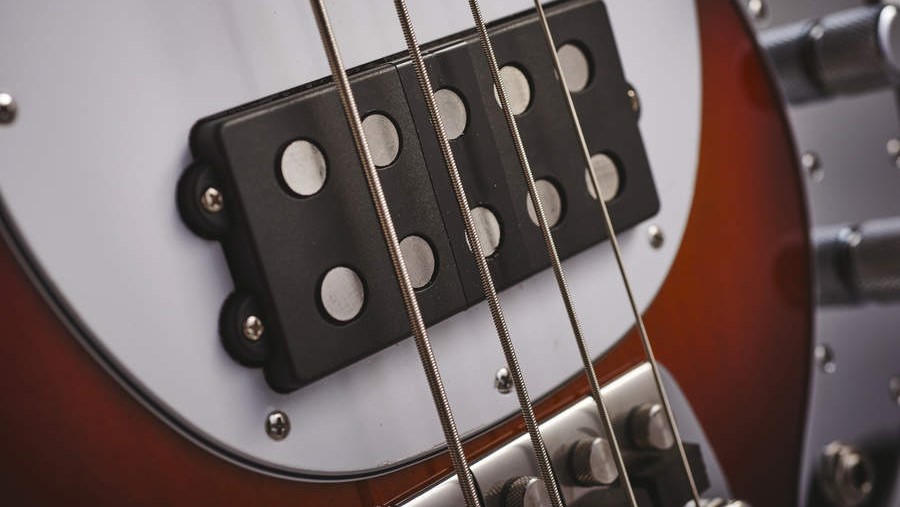
How much should I pay for a beginner bass guitar?
Good quality cheap instruments are fairly easy to come by nowadays. Brands like Squier, Sterling by Music Man, and Ibanez are making some incredible starter basses without you having to spend lots.
That said, there are some really cheap basses out there that feel more like toys than reliable musical instruments. Generally, anything around or north of £/$200 should get you something that sounds good, stays in tune well enough,h and can withstand the demands of a beginner.
You can pay more than that of course, and you’ll get all sorts of cool features. As you get towards the £/$500 price point though, you’ll probably start seeing improvements that might not be that much of a benefit to a beginner
Should I go short or long scale?
You’ll see the scale length of the best beginner bass guitars vary. Some might have a long 34” scale - this is fairly traditional and can lend a nice, tight, punchy and focused sound to the bass.
You can also get short-scale basses, which are usually around 30”. Here, the strings will feel slinkier, and a stretch from say, 7th to 12th fret will be physically less distance to cover. Short-scale basses can often sound punchier due to the smaller string length.
What’s better for you will likely be determined by the sound you prefer, but also what kind of player you are. Guitarists jumping over to bass might find a short scale more familiar - they might also be good for smaller hands. Rest assured though, many, many beginners have started out on a long-scale bass without any difficulties
Do I want an active or passive bass guitar?
Within the world of basses, there are passive and active models. Passive basses are the most straightforward - all the signal comes from the movement of the strings and is detected by the pickups. This signal then flows through your cable and into your amp.
Basses that feature active electronics are powered by an external source - usually a 9V battery or two that boosts the signal slightly. They have an active EQ system too, so unlike passive basses where you can only roll off certain frequency ranges, active EQs allow you to boost them as well. This allows you to fine-tune your tone more precisely.
So is passive or active better for a beginner? There isn’t really an easy answer - both have their benefits. Some speak to the warmer, more organic sound of passive basses, whereas some like the tone-shaping abilities and slightly compressed sound associated with active ones - it’s completely up to
What kind of bass should I get first?
Most times, a 4-string bass will be ideal for a beginner. The majority of traditional basses feature this set-up, and in standard tuning, the strings are tuned E, A, D, G. A 5-string bass adds a low B string into the mix.
Lots, if not most music can be played on a 4-string bass, and having one less string to deal with might be better at first. That said, if you know you’re going to be playing down-tuned music, or you just want the extended frequency range then there’s nothing stopping you getting going with a 5-string bass
How we test
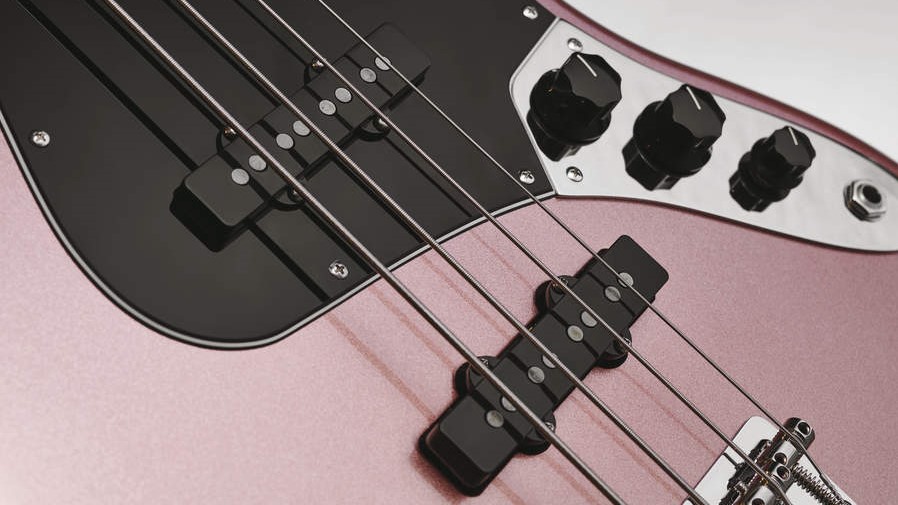
When testing a beginner bass guitar, not only do we need to evaluate it as an instrument in its own right, but we must do so through the lens of a beginner player. Our writing team were all beginner guitarists at one point or another, which gives us fantastic oversight when choosing beginner instruments.
With a beginner bass guitar, the first thing to consider is who exactly is going to use it. Bass guitars are large pieces of equipment, thus we need to make concessions as to whether or not they're suitable for younger players. A 5-string bass is great, but for a younger player, there's little chance playing one would be comfortable. Likewise, not every learner is younger, so we have to determine whether an adult player would find the instrument usable.
As with any instrument, we'll start by examining the build quality of it. Do the knobs and tuners feel solid, is the finish free of any blemishes and has the whole thing been well put together? We'll go over the instrument with a fine toothcomb to check for any cracks or subtle hints of poor crafting.
Next, we'll plug it in and play all over the neck to get a feel for the playability. Are the fret ends nice and smooth? Does the fretboard feel well lubricated or is it dry? By trying a variety of riffs, licks, chords, and even bass solos, we're able to ascertain whether or not the instrument will be playable for a beginner.
Finally, we'll look at the sound. Plugging the instrument into a variety of sources is crucial to determining how well it sounds. We'll run it into a bass amp, direct into an audio interface, as well as through an amp modeler to get a good overview of how it reacts in different scenarios. We're looking for articulation from the pickups and variety from the EQ controls on the bass guitar itself so we can determine whether or not it's rounded enough to appeal to the myriad of styles a beginner bass player is likely to go through.
Read more about our rating system, how we choose the gear we feature, and exactly how we test each product.
Related buyer's guides
You can trust Guitar World
- Here is our pick of the best gifts for bass players
- Our pick of the best 5-string bass guitars
- Enhance your sound with the best bass effects pedals
- Up your game with the best online guitar lessons
- Freshen up with the best bass strings
Get The Pick Newsletter
All the latest guitar news, interviews, lessons, reviews, deals and more, direct to your inbox!
Jonathan Horsley has been writing about guitars since 2005, playing them since 1990, and regularly contributes to publications including Guitar World, MusicRadar and Total Guitar. He uses Jazz III nylon picks, 10s during the week, 9s at the weekend, and shamefully still struggles with rhythm figure one of Van Halen’s Panama.
- Matt McCrackenJunior Deals Writer
- Ross Holder
- Richard Blenkinsop

